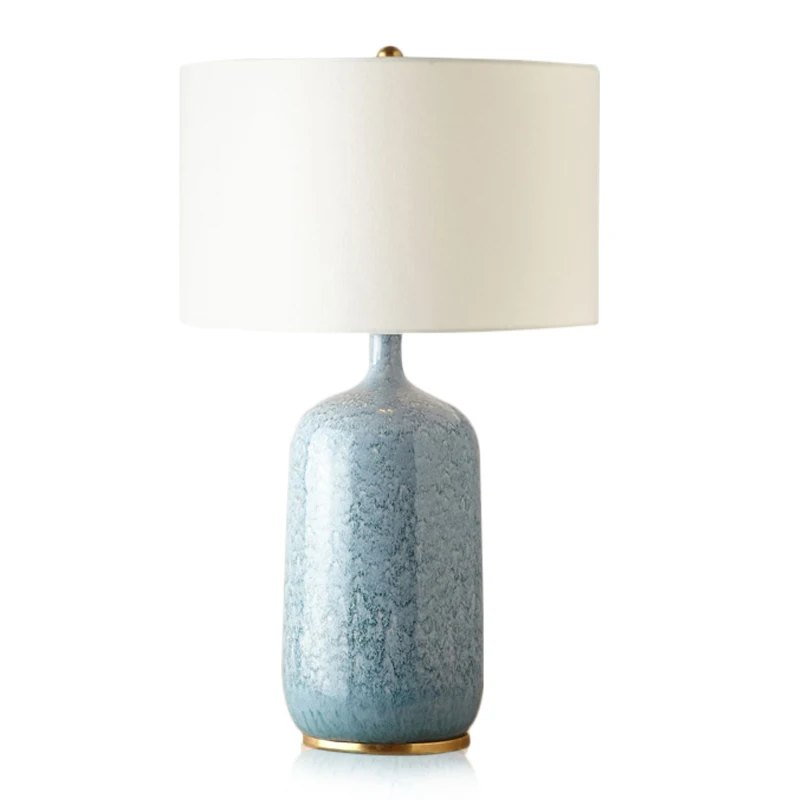
LEAFLETS
PRODUCTS
Discover Stunning Wall Lighting Options
Understanding Your Lighting Needs
Before diving into the aesthetics of wall lighting, it's essential to assess your functional needs. What is the primary purpose of the lighting in this space? Is it to provide general illumination, highlight artwork, create a reading nook, or simply add ambient light? Different types of wall lights serve different purposes. For example, a simple, sleek sconce might suffice for a hallway, while a multi-light fixture might be necessary for a larger living room. Consider the size of the room, the ceiling height, and the existing ambient lighting before making any decisions. Think about the tasks performed in the space. A kitchen, for instance, might require brighter, task-oriented lighting near the counters, while softer, ambient lighting would be preferable over the dining table.
Furthermore, consider the overall style of your room. A modern minimalist space would benefit from clean lines and understated designs, while a traditional or rustic setting might call for ornate sconces or antique-style wall lamps. Matching the style of your wall lighting with your existing décor is crucial to maintain a cohesive and aesthetically pleasing environment. Take inventory of your current furniture, wall colors, and existing lighting fixtures to ensure a harmonious blend.
Exploring Diverse Wall Lighting Styles
The market offers a vast array of wall lighting styles, each offering a unique aesthetic appeal. From sleek and minimalist modern designs to ornate and traditional fixtures, the possibilities are endless. Modern wall sconces often feature clean lines, geometric shapes, and simple materials like metal or glass. They are perfect for contemporary spaces and offer a sense of sophistication and elegance. In contrast, traditional wall lights might incorporate intricate carvings, antique finishes, and warm-toned materials like brass or wood, adding a touch of classic charm to your décor.
Transitional styles bridge the gap between modern and traditional, blending elements of both to create a versatile and adaptable design. These fixtures often feature simple silhouettes with subtle details, allowing them to seamlessly integrate into a variety of settings. Industrial styles, characterized by exposed metalwork, Edison bulbs, and a raw, unfinished aesthetic, are perfect for loft spaces or rooms with an urban feel. Finally, rustic styles typically incorporate natural materials like wood and stone, creating a warm and inviting atmosphere reminiscent of country living.
Choosing the Right Materials and Finishes
The materials and finishes of your wall lighting play a significant role in the overall look and feel of your space. Metal finishes, such as brushed nickel, polished chrome, or antique brass, can dramatically alter the ambiance of a room. Brushed nickel offers a subtle, contemporary feel, while polished chrome provides a sleek, modern look. Antique brass adds a touch of warmth and traditional elegance. Glass shades can diffuse light softly, creating a warm and inviting glow, while opaque shades provide more directed illumination.
Consider the durability and maintenance requirements of different materials. Some materials are more resistant to scratches and damage than others. Think about the location of the fixture; a bathroom, for example, requires materials that can withstand moisture. The finish should also complement the existing hardware and fixtures in the room. For example, if you have brushed nickel doorknobs and cabinet pulls, opting for a brushed nickel wall sconce will create a cohesive and polished look. The choice of materials and finishes is not just about aesthetics; it's also about practicality and longevity.
Optimizing Light Placement and Functionality
The placement of your wall lighting is crucial to its effectiveness. Strategic placement can highlight architectural features, create focal points, or enhance the ambiance of a room. Consider the height of the fixtures in relation to the surrounding furniture and artwork. Wall sconces placed on either side of a mirror in a bathroom create a balanced and functional lighting scheme. In a living room, strategically placed sconces can highlight artwork or accentuate a particular area of the room.
Think about the direction of the light. Upward-facing lights can create a sense of spaciousness, while downward-facing lights provide task lighting or highlight specific areas. Consider using a dimmer switch to control the intensity of the light, allowing you to adjust the mood and ambiance of the room as needed. Dimmable lighting offers greater flexibility and allows you to create a variety of atmospheres, from bright and cheerful to soft and intimate. Furthermore, consider the type of bulb used. LED bulbs are energy-efficient and long-lasting, while incandescent bulbs offer a warmer, more traditional glow.
Conclusion: Illuminating Your Style
Selecting the right wall lighting is a multifaceted process that goes beyond simply illuminating a space. It's about enhancing your décor, creating ambiance, and expressing your personal style. By carefully considering your needs, exploring different styles, choosing appropriate materials, and optimizing light placement, you can transform your home into a beautifully illuminated sanctuary. The options are vast and varied, allowing you to find the perfect fixtures to complement your taste and enhance the beauty of your living spaces. Remember to always prioritize both functionality and aesthetics to create a truly stunning and personalized lighting scheme.
SUBSCRIBE
INQUIRY










